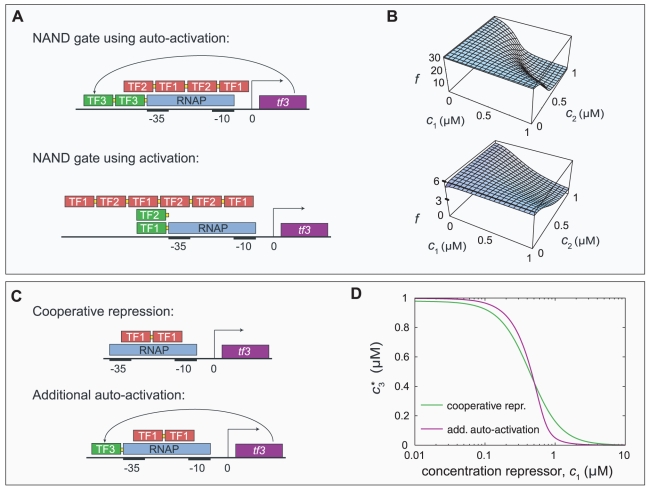Figure 3. Sharp and complete repression using auto-activation.
In the simulations, auto-activation evolved in every gate that requires strong repression. This figure shows two examples in which auto-activation indeed aids sharp and thorough repression. Fig. A and B depict NAND gates resulting from the simulations. When auto-regulation is not allowed by the method, the input TFs have both activating and repressing binding sites, as reported earlier [15] (in Fig. A and C, red boxes represent repressor sites and green boxes activator sites). When auto-regulation is included (i.e., the regulated gene tf3 codes for a transcription factor TF3 that can bind to its own cis-regulatory region) auto-activation emerges. Gene tf3 is still repressed by a hetero-cooperative module consisting of binding sites for TF1 and TF2. At low concentrations of TF1 and TF2 the auto-activation counteracts the repression module; as a consequence, the response to the concentrations of TF1 and TF2 is very sharp and the fold-change  high, as can be seen in Fig. B. In Fig. C and D we study the mechanism in a simpler model system. Fig. C shows the cis-regulatory regions of two slightly different repression systems. In both cases, a transcription factor TF1 represses a gene tf3, coding for a second transcription factor TF3, by binding cooperatively to a pair of repressor sites. In the second scenario, an auto-activation site for TF3 is present as well. Fig. D presents the steady-state expression level of tf3 as a function of the repressor concentration. In both alternatives we optimized the binding sites using the fitness function described in the main text. Clearly, the second scenario leads to a more sensitive repression curve than the first. The presence of auto-activation allows for stronger repressor sites; consequently, as the concentration of TF1 increases the displacement of RNAP from the promoter by the repressor is more effective (i.e., the remaining expression level at
high, as can be seen in Fig. B. In Fig. C and D we study the mechanism in a simpler model system. Fig. C shows the cis-regulatory regions of two slightly different repression systems. In both cases, a transcription factor TF1 represses a gene tf3, coding for a second transcription factor TF3, by binding cooperatively to a pair of repressor sites. In the second scenario, an auto-activation site for TF3 is present as well. Fig. D presents the steady-state expression level of tf3 as a function of the repressor concentration. In both alternatives we optimized the binding sites using the fitness function described in the main text. Clearly, the second scenario leads to a more sensitive repression curve than the first. The presence of auto-activation allows for stronger repressor sites; consequently, as the concentration of TF1 increases the displacement of RNAP from the promoter by the repressor is more effective (i.e., the remaining expression level at  is much lower than in the cooperative repression case).
is much lower than in the cooperative repression case).

